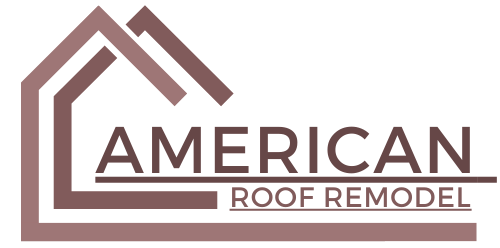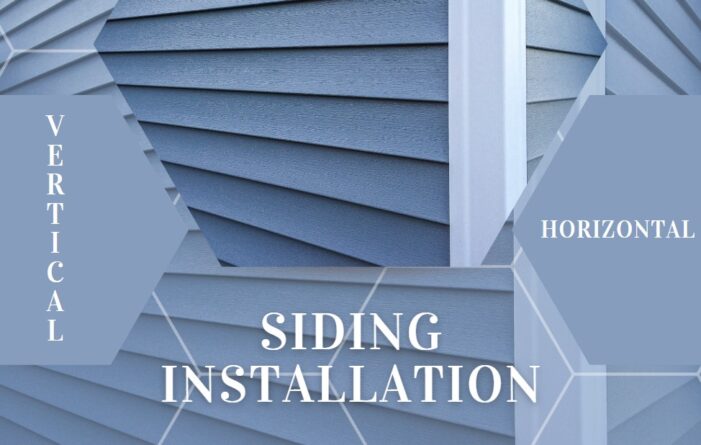Your home’s exterior is the first thing people notice, and your siding plays an integral role in creating that all-important first impression. But the choice between vertical and horizontal siding installation isn’t just about aesthetics—it also involves considerations like cost, durability, maintenance, and more. In this comprehensive guide, we’ll delve into the differences between the two installation methods, their pros and cons, and the factors you need to consider before making a decision.
The Difference Between Vertical and Horizontal Siding Installation Explained
To understand the essential differences between vertical and horizontal siding installation, you first need to grasp the core concept of siding. Siding is the protective material attached to the exterior side of a wall of a house. It acts as the first line of defense against the elements while also enhancing the building’s aesthetics.
Horizontal siding, the more traditional choice, is installed from side to side, starting from the bottom and moving up to the top of the structure. This method gives homes a classic, timeless look. On the other hand, vertical siding is installed from top to bottom, providing a unique visual appeal that is often associated with more contemporary, modern designs.
In terms of installation, vertical siding is typically more challenging to install, requiring furring strips to create a flat, vertical surface. Horizontal siding is more straightforward to install, making it a favorite among DIY enthusiasts.
Pros and Cons of Vertical Siding Installation
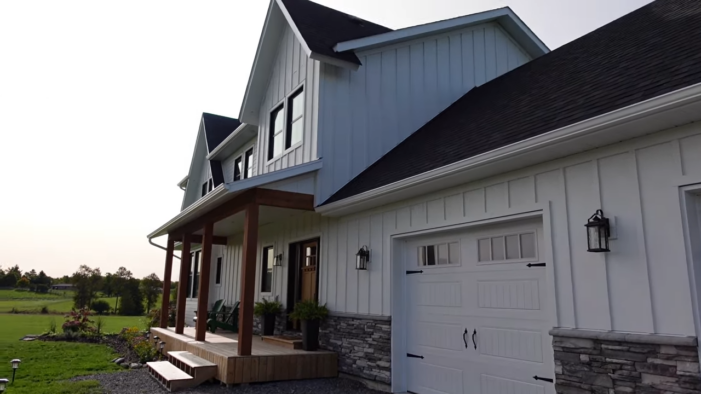
Vertical siding comes with its own set of advantages and disadvantages. On the plus side, it offers a unique and modern aesthetic, setting your home apart from others in the neighborhood. It’s also excellent at shedding water, reducing the likelihood of water damage over time.
However, vertical siding requires more preparation for installation, like the addition of furring strips to ensure a flat surface. This can lead to higher installation costs. Maintenance can be more challenging, too, as dirt and debris can accumulate at the base of the panels, requiring more frequent cleaning.
Benefits and Drawbacks of Horizontal Siding Installation
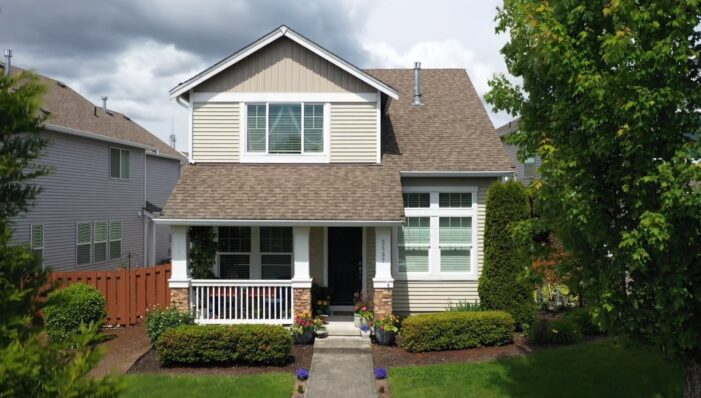
Horizontal siding also has its pros and cons. It’s easier and more cost-effective to install than vertical siding, making it a popular choice for many homeowners. Its traditional aesthetic appeal blends well with a variety of architectural styles.
On the downside, horizontal siding is more susceptible to water damage over time, as water can potentially seep between the siding boards. It also may not stand out as much in a neighborhood where it’s the standard choice if you’re aiming for a unique look.
Aesthetic Appeal: How Vertical Siding Installation Enhances Your Home’s Exterior
Vertical siding can dramatically enhance your home’s exterior, offering a unique aesthetic that stands out. Its lines draw the eye upward, making your home appear taller and more impressive. This can be particularly beneficial for single-story homes or those with a wide facade, as it breaks up the horizontal monotony and adds a dynamic visual element.
Horizontal Siding Installation
Installing horizontal siding involves starting from the bottom of the structure and moving upwards, nailing each siding board onto the sheathing. The process involves overlapping each board slightly to prevent water penetration. It’s a relatively straightforward process but requires careful attention to ensure that each board is level.
Vertical Siding Installation
Installing vertical siding is more complex than its horizontal counterpart. It involves installing furring strips on the sheathing to create a flat, vertical surface. The siding boards are then attached to these strips. This method requires more preparation and careful attention to detail, particularly in ensuring that the boards are perfectly vertical.
Durability and Maintenance
Both vertical and horizontal siding offer excellent durability, but maintenance requirements differ. Vertical siding, thanks to its design, is good at shedding water and, thus, less prone to water damage. However, it can collect dust and debris at the base of the panels, necessitating more frequent cleaning.
Horizontal siding is typically more prone to water damage, as water can seep between the boards. Regular inspection for signs of water damage is crucial. However, because it doesn’t collect debris as readily as vertical siding, it may require less frequent cleaning.
Cost Considerations
Cost is a significant factor when choosing between vertical and horizontal siding. Horizontal siding is generally less expensive, both in terms of material cost and installation. It’s easier to install, which means labor costs are lower, and the materials themselves are typically less expensive.
On the other hand, vertical siding can be more costly due to more complex installation requirements and generally higher-priced materials. However, it’s worth noting that the unique aesthetic and potential durability benefits of vertical siding might offset these higher costs for some homeowners.
Factors to Consider When Choosing Between the Two
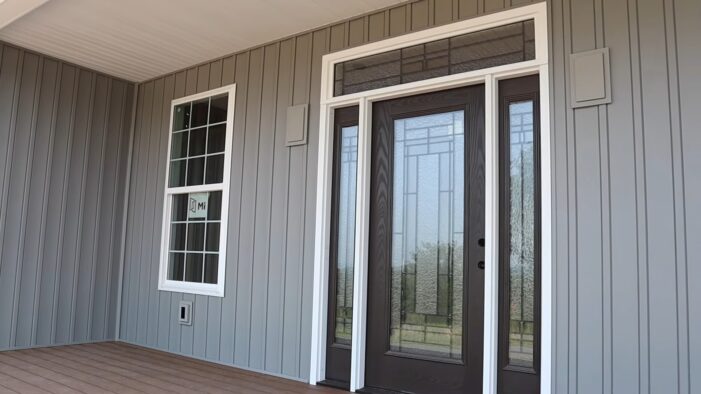
When choosing between vertical and horizontal siding, consider factors such as the architectural style of your home, your budget, and your maintenance preferences. The overall aesthetic of your neighborhood might also be a factor, particularly if you want your home to stand out—or blend in.
In terms of budget, horizontal siding generally wins out, but if you’re willing to invest more for a distinctive look, the vertical siding could be worth the additional cost. Maintenance-wise, if you live in a wet climate, vertical siding’s superior water-shedding abilities might be a deciding factor.
Making the Right Choice: Selecting the Best Siding Installation Method for Your Home
Choosing the right siding installation method for your home is a big decision that requires careful consideration of several factors. While cost is certainly a significant consideration, it’s also essential to think about aesthetics, durability, and maintenance needs.
Take the time to weigh the pros and cons of both vertical and horizontal siding installation. Consider your home’s architectural style and the overall look you want to achieve. And remember, while the siding is a significant investment, it’s also one that can greatly enhance your home’s curb appeal and value.
Final Words
Ultimately, the choice between vertical and horizontal siding installation comes down to personal preference and the specific needs of your home. Whether you prefer the classic appeal of horizontal siding or the distinctive, modern look of vertical siding, both options offer the potential to transform your home’s exterior into something truly special.
We hope this guide has helped clarify the differences between vertical and horizontal siding installation, making your decision a little bit easier. Good luck with your home improvement project!
